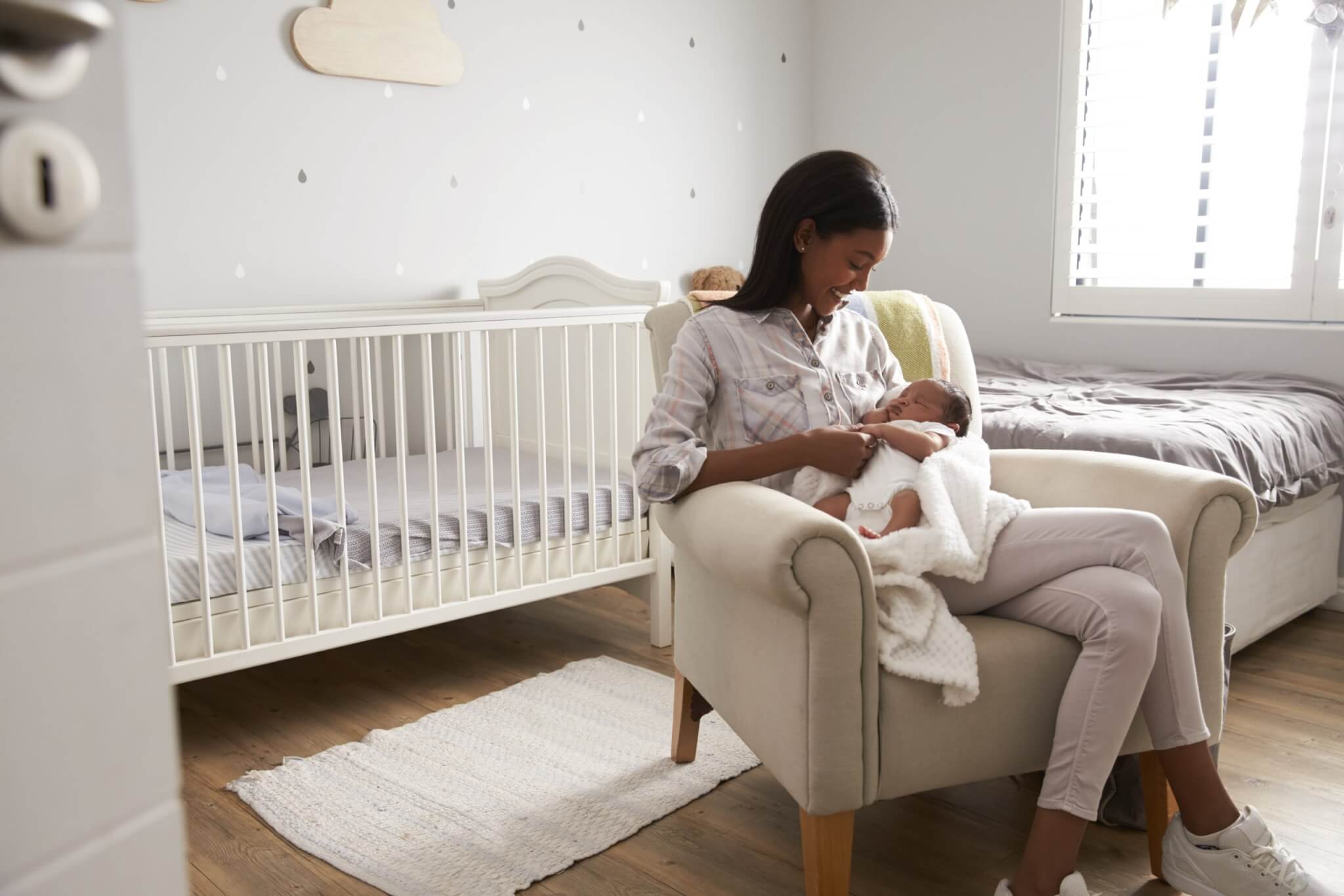Sleeping

SIDS is the sudden, unexpected and unexplained death of an infant less than one year of age. It normally happens during sleep. It is the number one cause of death in healthy infants under the age of one in Canada. We don’t know what causes SIDS; it cannot be predicted or prevented. However, safe sleep practices can help reduce the risk of SIDS.
Providing a safe sleep environment free from hazards can also help reduce the risk of accidental deaths, such as suffocation or strangulation.
Most babies sleep for a total 18 hours each day. They wake for a short period at least every 2 to 3 hours.
Newborns have some moments of active sleep. the baby may make sounds or seem restless. This happens about every 50-60 minutes and usually lasts a few minutes and then they settle.
- Share the same room with your baby for at least the first 6 months of life. Place the crib, cradle, or bassinette next to your bed.
- Always place your baby on her back to sleep, at night-time and during nap times.
- Place your infant to sleep on a separate sleep surface in an age appropriate crib, cradle or bassinette that meets current Canadian safety regulations.
- Provide a sleep surface that is firm and flat.
- Remove pillows, comforters, quilts, stuffed animals, bumper pads, positioning devices or other loose or soft bedding items.
- Dress your baby in comfortable fitted one-piece sleepwear.
- Ensure that the room temperature is comfortable for everyone. Baby should wear one more thin layer than what you are comfortable in.
- Baby seats, swings, car seats, bouncers, strollers, slings and playpens are not safe substitutes for a crib.



